Vegetarian Dinner: Cabbage Carbonara-ish
“Let me guess what that is,” my husband says, as I walk in the front door with a bulky brown package, my fourth or fifth in as many days.… Read more The post Vegetarian Dinner: Cabbage Carbonara-ish appeared first...

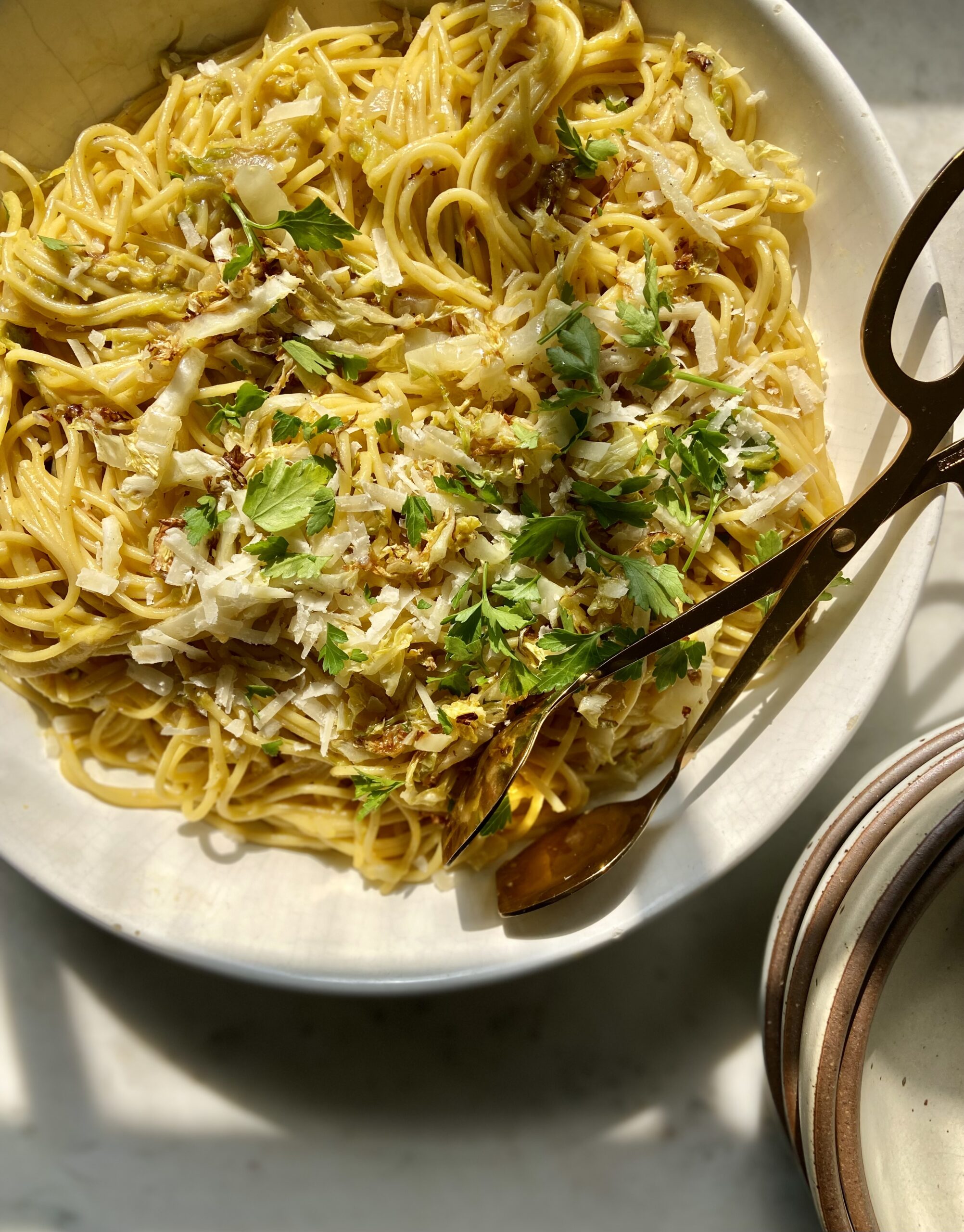
“Let me guess what that is,” my husband says, as I walk in the front door with a bulky brown package, my fourth or fifth in as many days.
As a food writer, I am in the business of cookbook writing and reviewing, which means publishers send me advance copies of a lot of pretty great books. (I know, I know, nice work if you can get it.) But I have a limited amount of space on my kitchen shelves, so the ones I keep really have to pay the rent in the form of usefulness. If I don’t cook from it or read from it or get that proverbial spark of joy from it, into the giveaway pile it goes.
I’m telling you all of this because I feel the need to set up how truly special it feels when a Hetty McKinnon cookbook arrives on my doorstep. Her latest, Tenderheart: A Cookbook About Vegetables and Unbreakable Family Bonds will be forever filed on my kitchen shelf, next to her 2021 award-winner To Asia With Love. I read her books when I want a warm, instructive voice telling me stories that point me toward what to make next; I cook from her recipes when I’m craving something innovative and surprising (but not gimmicky, an important distinction!); and I’d say that my whole family, by extension, gets an embarrassing amount of joy sparked from all of this. Her books are capital-K Keepers.
Hetty grew up in Australia, the daughter of Chinese immigrants, and credits her father, Ken Lui, with igniting in her a deep love of vegetables. He worked at a produce market and Hetty’s fondest memories of him center on the way he’d cart home overflowing crates of Chinese mustard greens and shiny eggplants and plump apricots (“I am still searching for the apricots of my youth”) for her family and neighbors. She lost him when she was only 16, and this book is her way of honoring the role he played in her life and her career.
As she writes in her introduction: “I have carried this memory of my father as the generous ‘fruit and vegetable guy’ close to my heart my entire adult life… When I stopped eating meat as a teenager, I felt comforted by this choice, a quiet contentment in centering the vegetables and fruits that sustained me as a child… Today, my endless love for vegetables is one of the ways I honor my dad’s legacy, by cooking them every day, with detail and care.”
Her recipes are innovative but practical — here are quick Salt and Vinegar Kale Chips with Fried Chickpeas and Avocado that are going on my weeknight dinner line-up.
And on every plate, the vegetable is the star…
I especially love her vegetarian interpretations of iconic meat dishes — like in Cantonese Char Siu, where she replaces roast pork with eggplant…
…And in her Cabbage Carbonara-ish recipe, where miso stands in for bacon, as the flavor bomb booster. I made it last night to a round of applause from my family.
Cabbage Carbonara-ish
Excerpted from Tenderheart.
Serves 4.
From Hetty: “Clearly this is not your classic carbonara — there’s no pork, but there is sweet, earthy cabbage, which cooks down and becomes jammy and unctuous. I add a little pasta cooking water to my eggy mix to loosen it up — this also tempers the egg so it doesn’t scramble when it is applied to the hot pasta.”
5 large eggs (see Notes, below)
2 ½ tablespoons white (shiro) miso
1 ¾ ounces parmesan, pecorino or cheddar, grated, plus more to serve
sea salt and black pepper
¼ cup extra-virgin olive oil
½ large head cabbage (about 1 pound 5 ounces, finely sliced (discard the core)
1 yellow onion, finely sliced
4 garlic cloves, finely chopped
1 pound spaghetti or other long pasta
1 bunch of parsley leaves (about 2 ½ ounces), finely chopped
Bring a large pot of salted water to a boil. In a bowl, whisk together 3 egg yolks (see Notes), 2 whole eggs and the miso until smooth. Stir in the cheese and a generous grind of black pepper.
Heat a large wide Dutch oven or deep skillet over medium-high heat until very hot. Add the oil, cabbage and onion, along with ½ teaspoon of sea salt, and cook for 8-10 minutes, mainly undisturbed (stirring every 3-4 minutes), until the cabbage is tender, wilted and starting to turn golden in parts. Reduce the heat to low, add the garlic and 1 teaspoon of sea salt and stir to combine. Keep over low heat while your pasta cooks.
Meanwhile, add the pasta to the boiling water and set your timer for 2 minutes less than the recommended cooking time on the package. For example, if the recommended al dente cooking time is 10 minutes, set the timer for 8 minutes. When the pasta is ready, using tongs, drag the pasta straight into the pan with the cabbage — don’t drain, leave the pasta cooking water in the pot — and add 1 cup (120 ml) of pasta water. Increase the heat to medium high and cook for 2 minutes to finish cooking the pasta. Remove the pan from the heat and allow it to cool for 30–60 seconds.
Very gradually add ¼ cup (60 ml) of pasta water to the egg mixture to loosen it up. Slowly pour the egg mixture into the hot pasta, stirring vigorously and continuously with a wooden spoon, until the eggy mix gently cooks and turns into a creamy sauce. To serve, top with the parsley, more cheese and black pepper.
Notes: You can use more or fewer eggs in this dish. The number of eggs you use will impact how creamy it gets. If you want an even richer dish, you can add another yolk or whole egg. Experiment until you find your creamy sweet spot. Place the leftover egg whites in a zip-seal bag and freeze for up to 3 months. I use thawed egg whites for pavlova or other meringues.
Congrats on your beautiful book, Hetty!
P.S. Five ways to upgrade your roasted vegetables, and how to get kids to eat vegetables.
30 COMMENTS

 Fransebas
Fransebas 
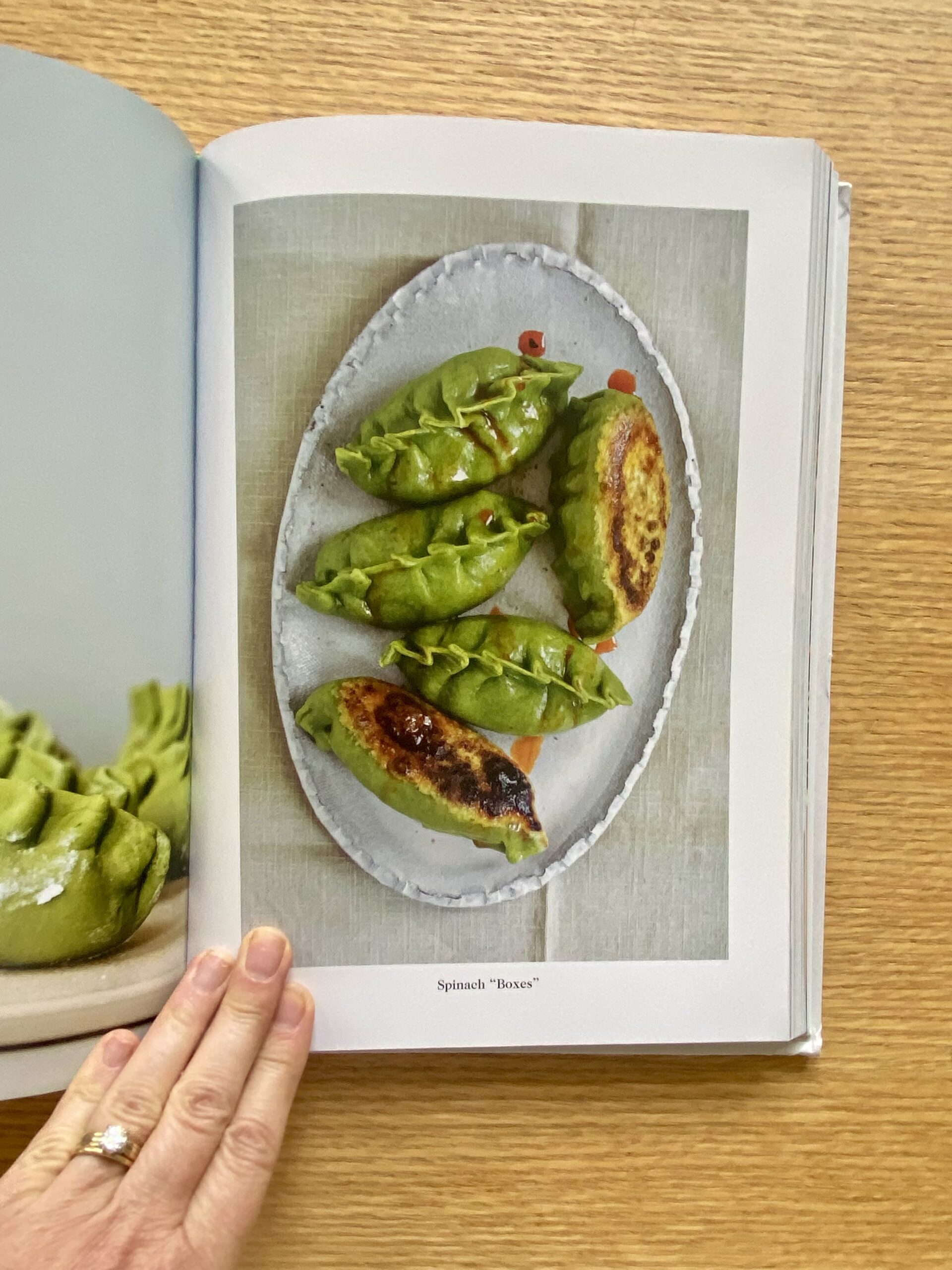
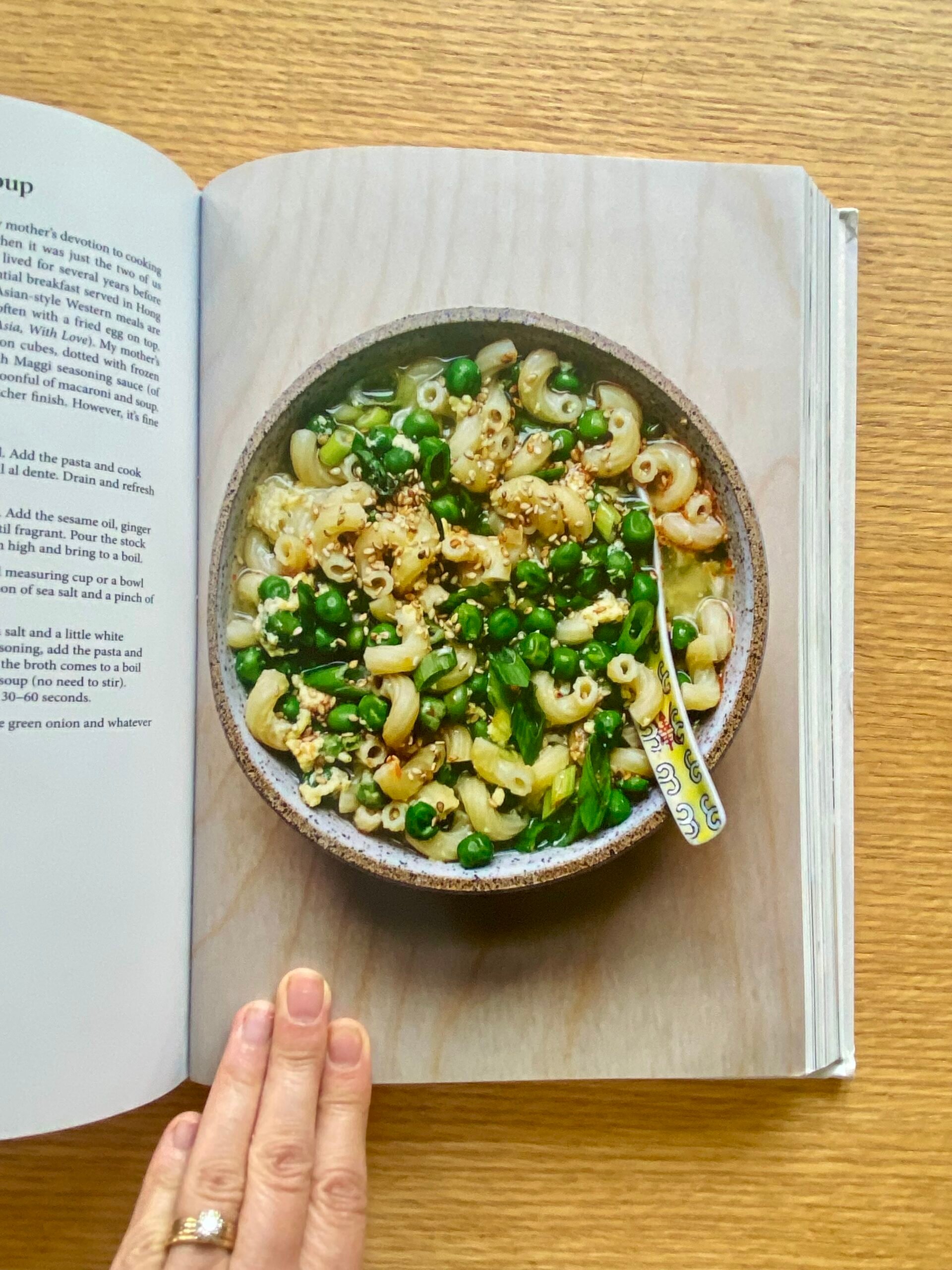
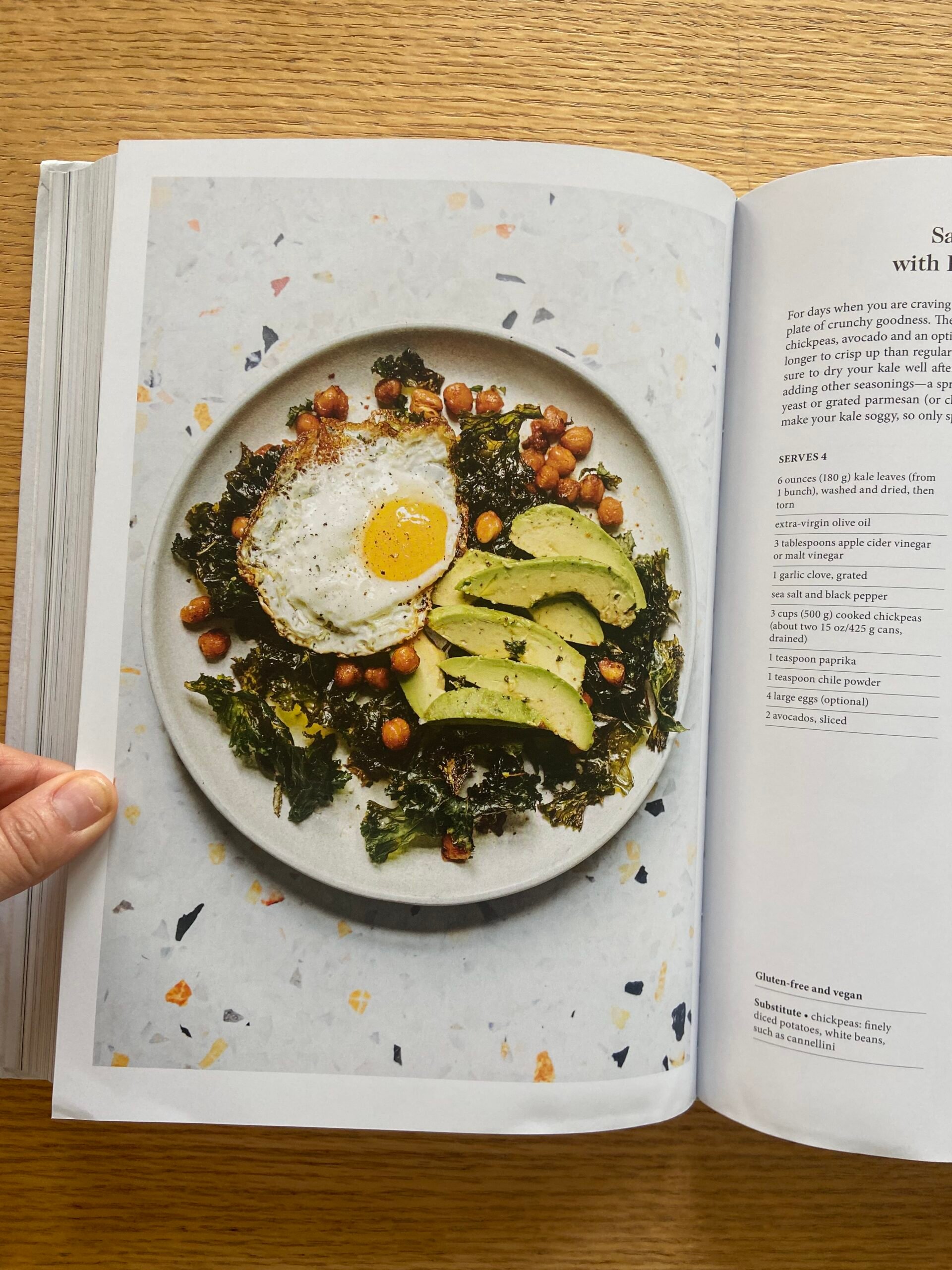
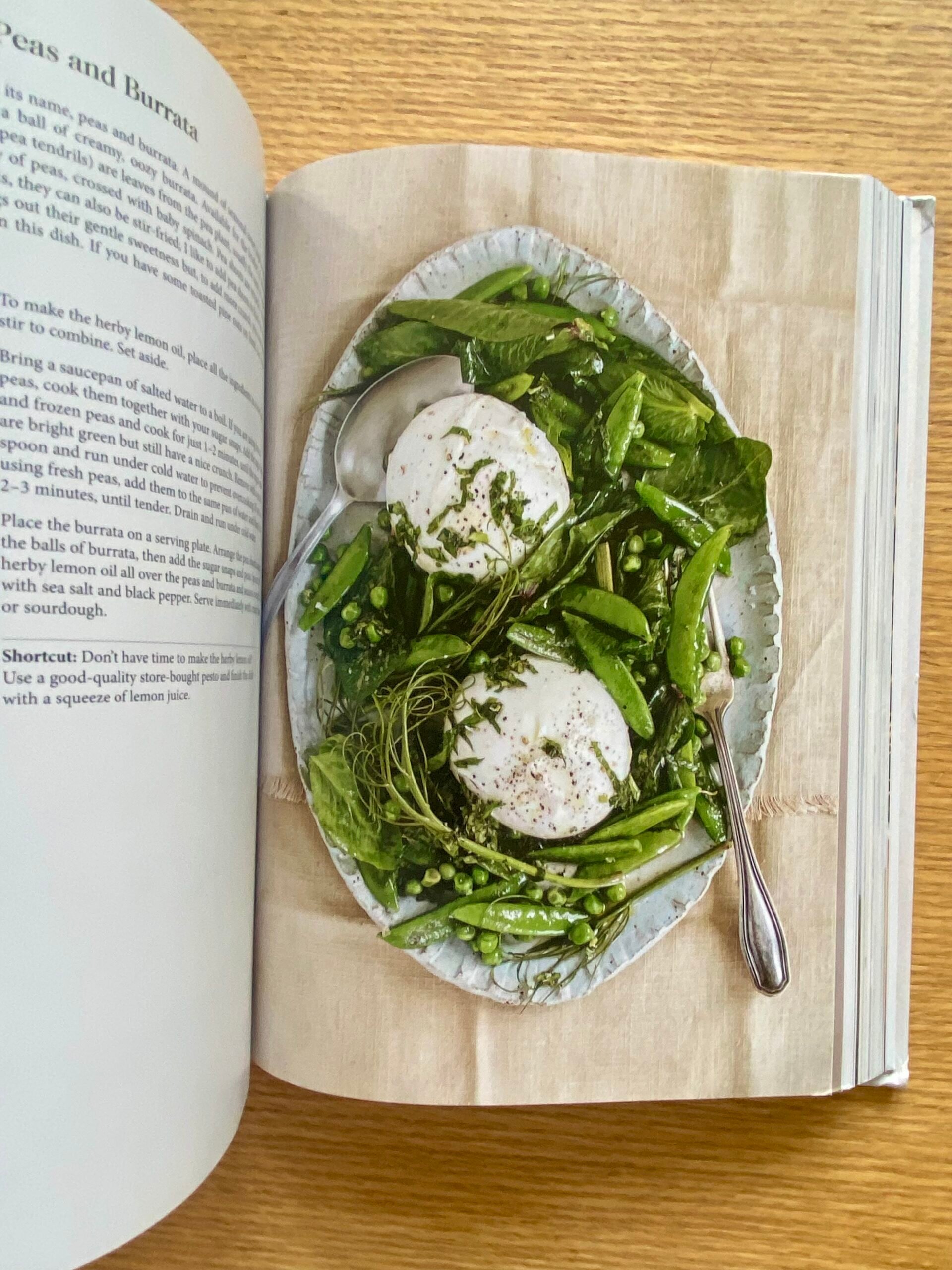
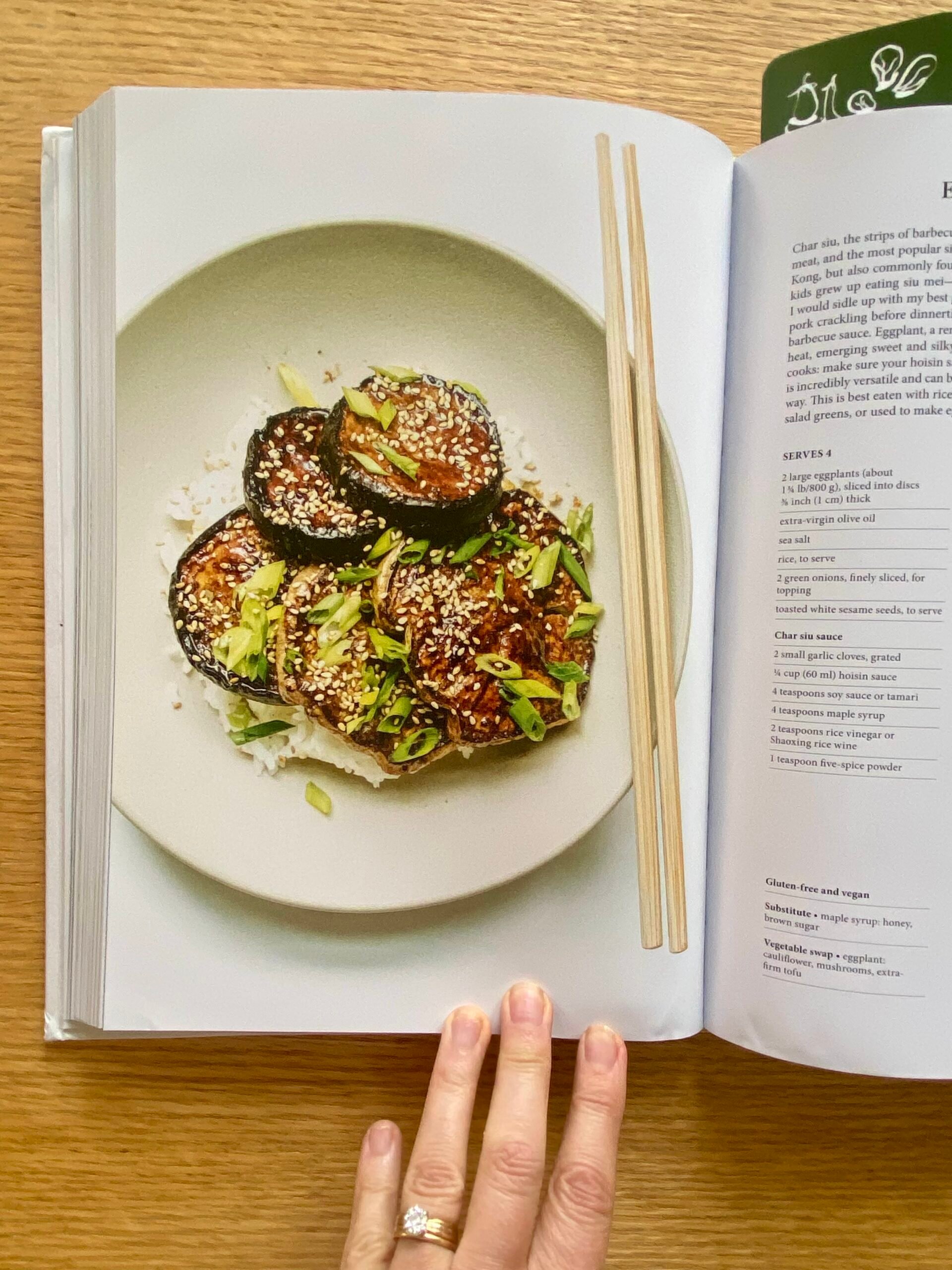
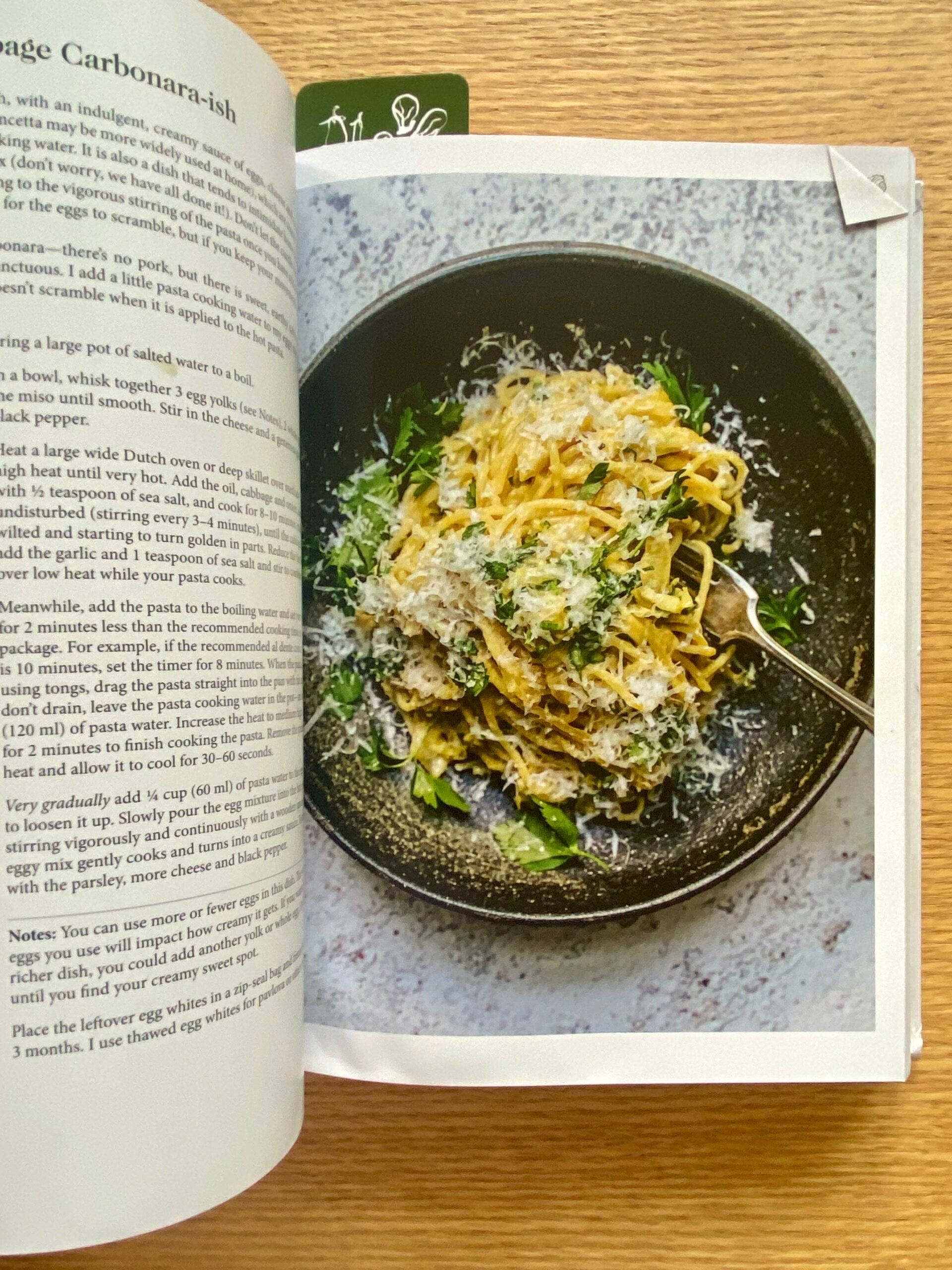











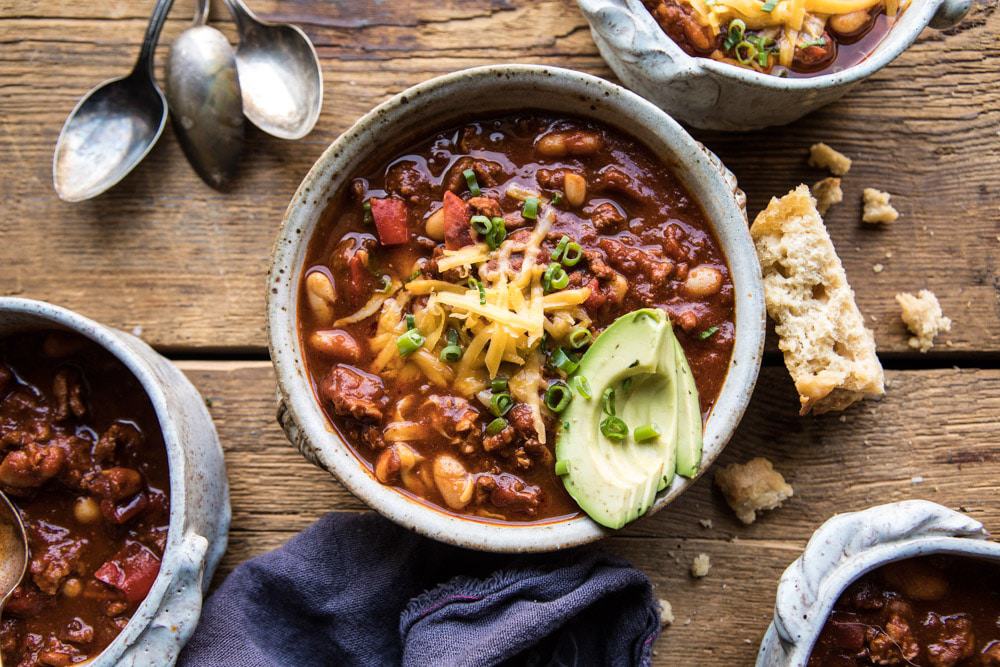

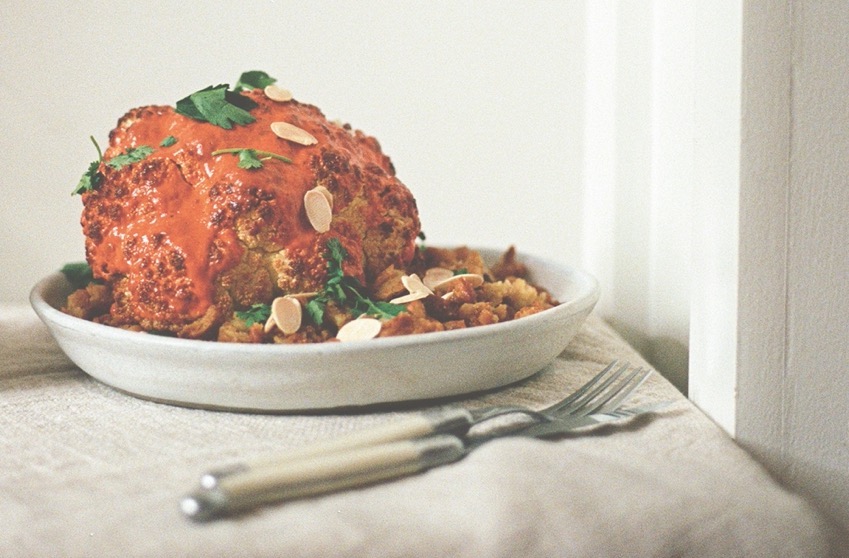
















![Are You Still Optimizing for Rankings? AI Search May Not Care. [Webinar] via @sejournal, @hethr_campbell](https://www.searchenginejournal.com/wp-content/uploads/2025/06/1-1-307.png)

